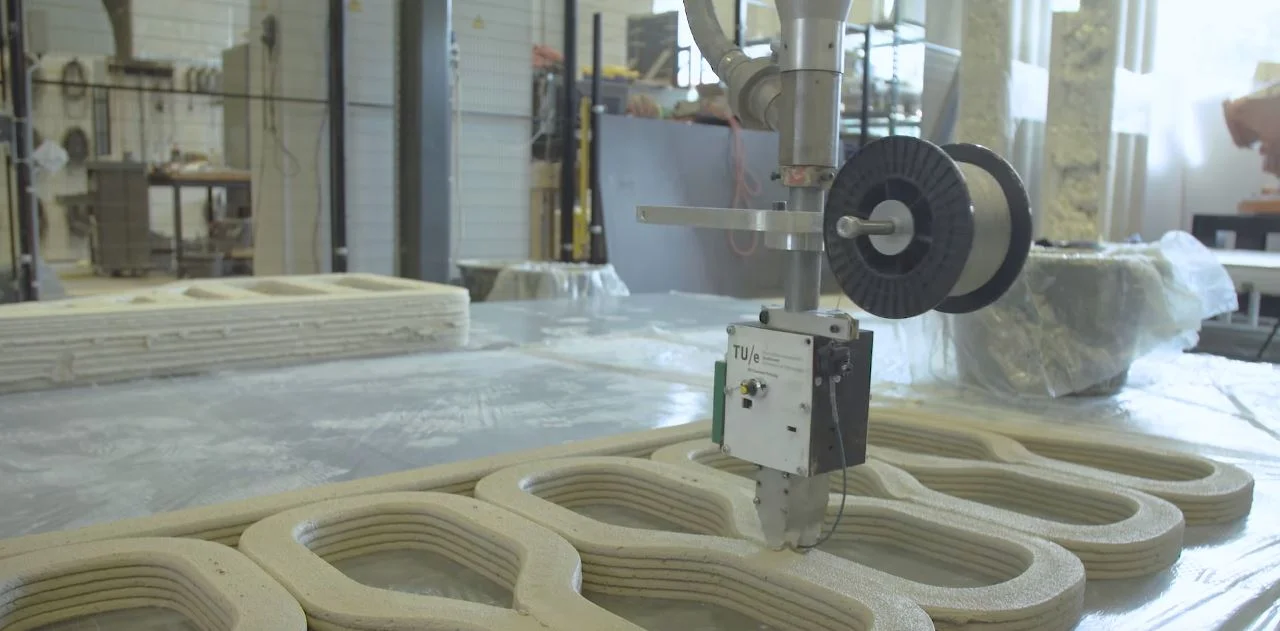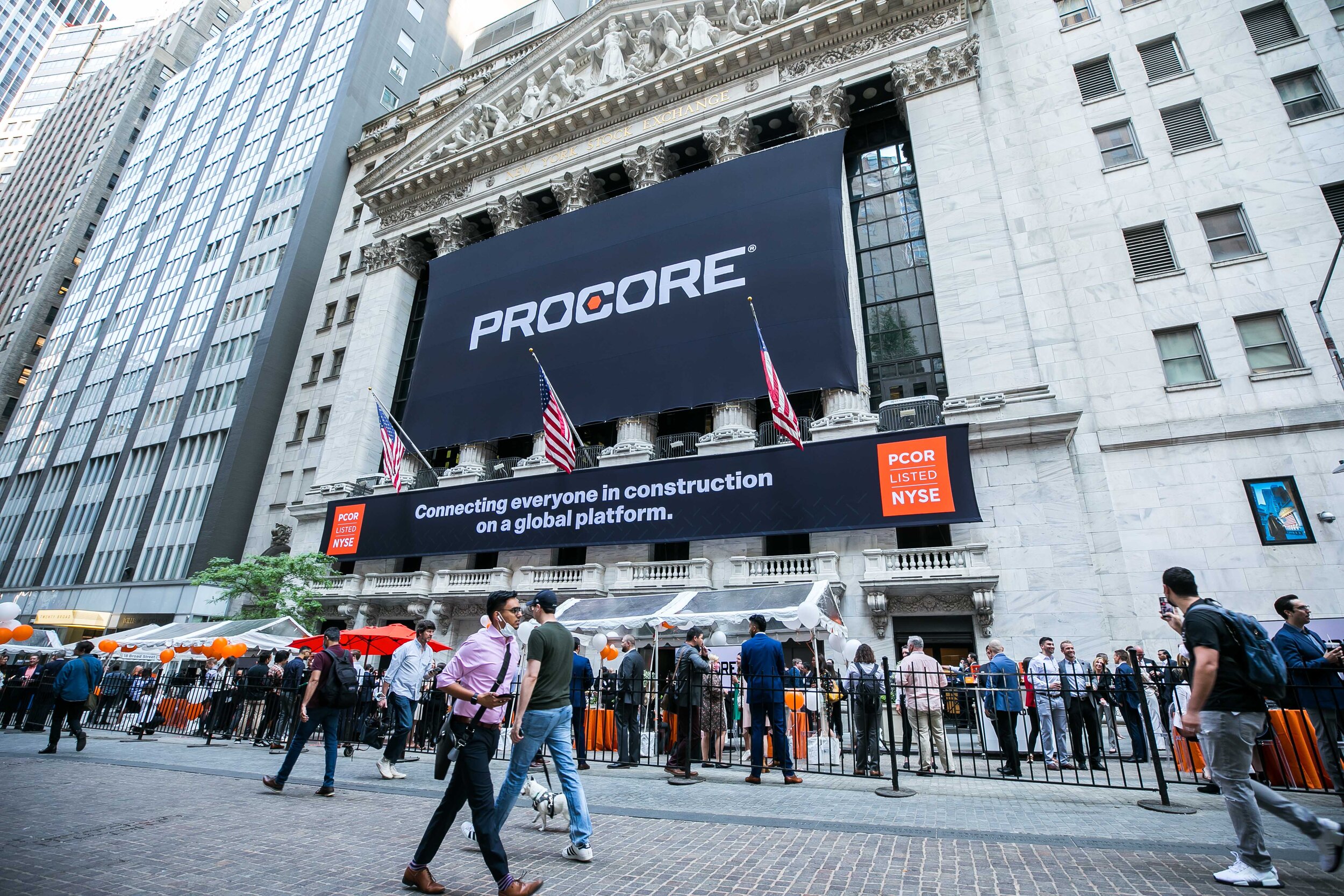The Netherlands has a ton of bridges, especially pedestrian and biking bridges, thanks to its abundant system of canals. Perhaps because of that, they have become a leader in 3D printing technology when it comes to bridges.
A couple years ago, Amsterdam, the capital of the Netherlands, announced their intentions to print the first pedestrian bridge out of steel. That steel bridge has yet to finish and is hoping to be unveiled in June of 2018.
Most recently, a team of researchers from TU Eindhoven and construction group BAM infrastructure, joined forces to print a 26 foot long (8m) bicycle bridge in the Dutch province of Brabant. It took around 3 months for robots to print the concrete structures, which were placed in 800 layers, pre-stressed, and reinforced, according to dezeen.
The team is referring to the bridge as the "world's first 3D printed reinforced, pre-stressed concrete bridge". There was another bridge that opened in Spain in December of last year, which claims to be the first 3D printed bridge, but it's not clear if that was pre-stressed or not.
The concrete sections were printed offsite by the robots and later secured together, transported to the site, and installed under human power. Since using robots clearly doesn’t speed up the construction process yet, one benefit of printing the concrete is the ability to give it an extremely unique design, allowing less waste and making it more sustainable.
You can check out the 3D printing process in the video below, uploaded to Youtube by New Civil Engineer. Unfortunately, we English speakers will need to rely on the subtitles for the dialogue.
Full story: "World's first" 3D-printed concrete bridge opens in the Netherlands | Dezeen











In the midst of fierce discourse over the bipartisan infrastructure bill lies a unique opportunity for the United States.